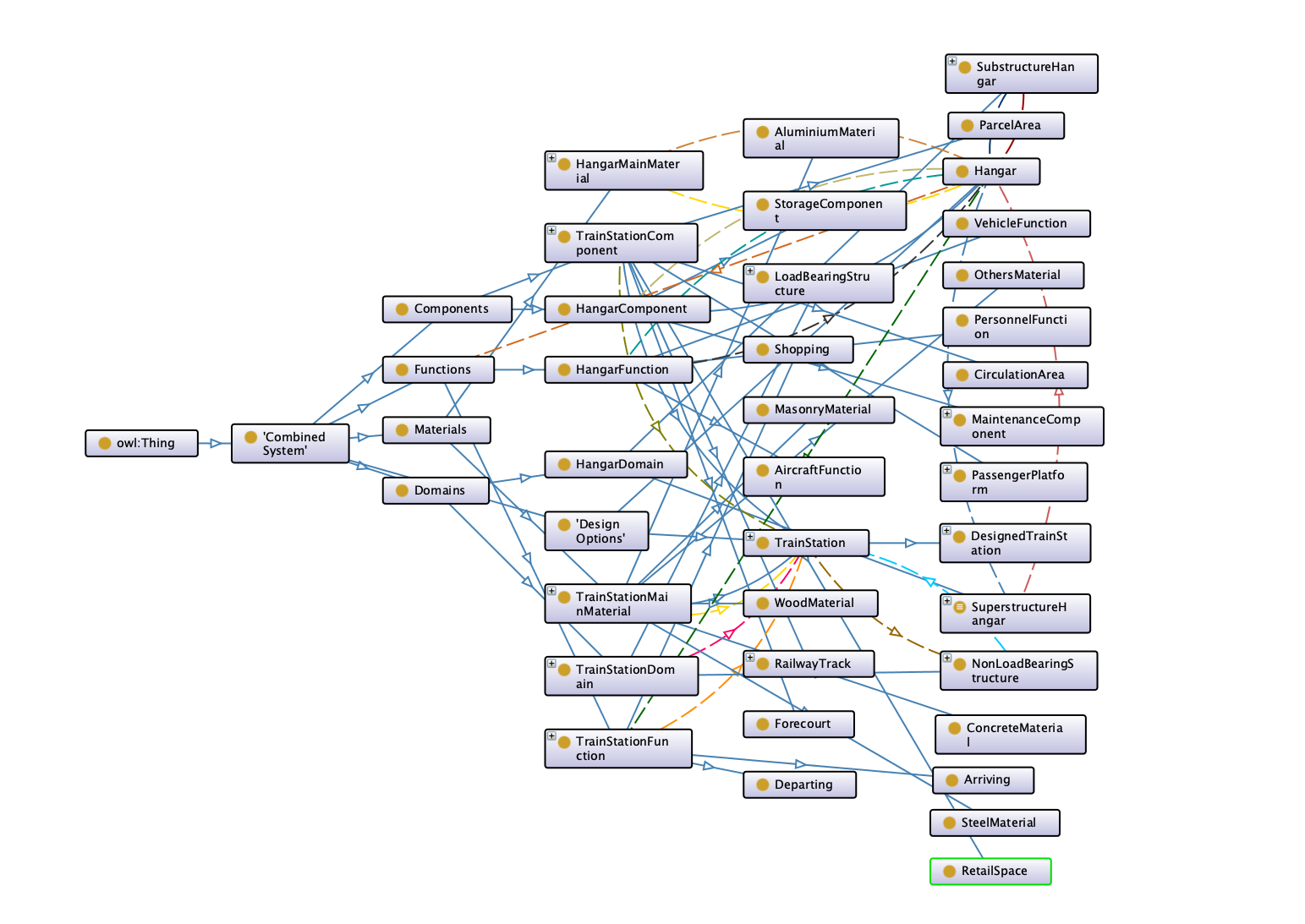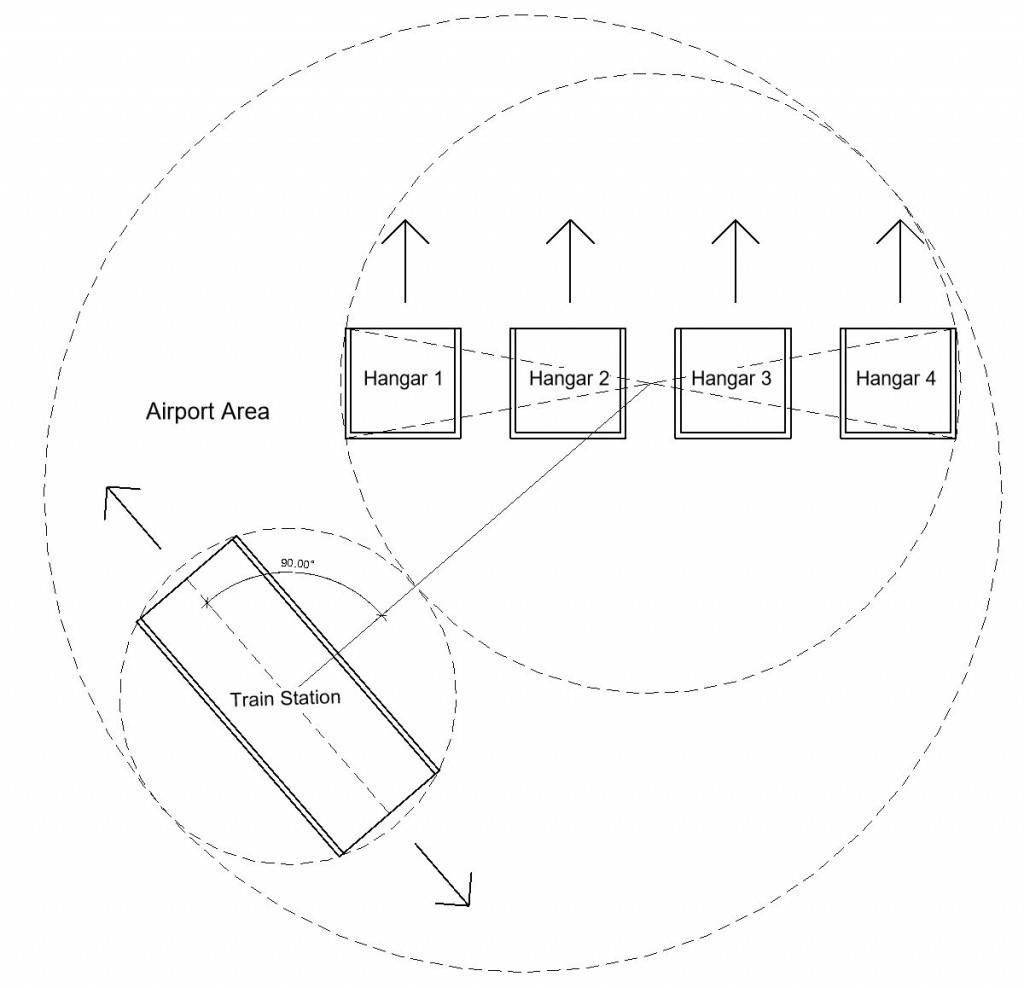INTEGRATION CONTEXT
The concept of sustainable cities is multi-faceted, with economic and social dimensions. The growth of the need for transportation facilities requires a particular space that could facilitate and accommodate people’s moving and mass behavior. To provide a continuous movement, essential areas of the city should be connected by developing infrastructural facilities.
Our integrated system consists of a train station and aircraft hangars. It is designed with the perspective of transport infrastructure in a dynamic, constantly developing city, as strategic infrastructure investment in airport and rail development.
The train station establishes a connection between the airport and the rest of the city for passengers, airline professionals and airport employees. To maintain this journey safely from start to end, both on land and in the air, the importance of keeping aircraft in a good condition is undebatable. Proper storage and maintenance of aircraft are one of the most essential daily tasks in any airport. Designing and constructing an effective hangar provides protection of aircraft from the external elements, storage of maintenance equipment and a comfortable environment for the maintenance personnel.
The high-performance criteria are:
-The hangars and the train station shouldn’t be far from each other to keep the travel time short, also they should be far enough to keep aircraft maintenance works safely under the vibration effect of trains.
-The capacity of the train station platforms should be able to accommodate the transfer of the arriving passengers who travelled with the aircraft to be stored in hangars.
COMBINED ONTOLOGY
Ontologies are used for conceptualizing and sharing information about a particular domain. It is difficult to analyze and use the knowledge represented by various ontologies. Therefore, it is essential to merge these ontologies into a combined, comprehensive one.
Merging various ontologies can be challenging due to unmatching vocabularies, different representation of entities and inconsistencies between their structures [1]. They should be reused and unified and then reanalyzed together.
Since our individual systems are two seperate systems with no overlaps and none of them provides a base to the other one, the combined ontology is obtained by almost only adding them up together.
The 5 main properties of the hangar and train station are merged into a common one under the class ‘Combined System’ as Components, Materials, Functions Domains and DesignOptions. Individual properties are identified under these properties, for example as HangarMaterial and TrainStationMaterial. Different vocabularies used with the same function are unified for clarity. For example, we had identical materials named in different ways, they are corrected to avoid confusion.

REFERENCES
[1] An Algorithm for Merging Two Ontologies: A Case Study Swati Negi* and Sanjay Kumar Malik**
